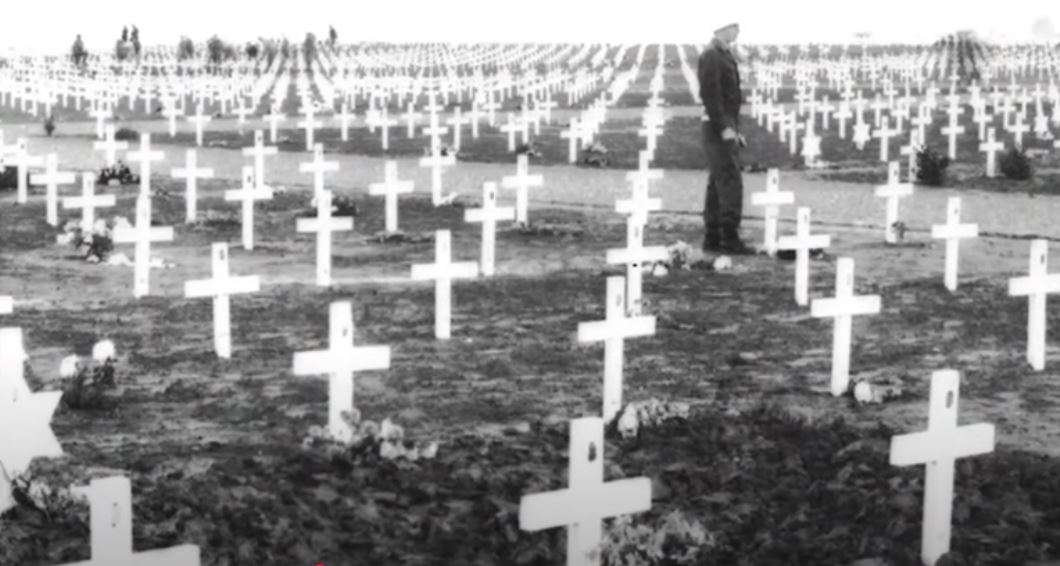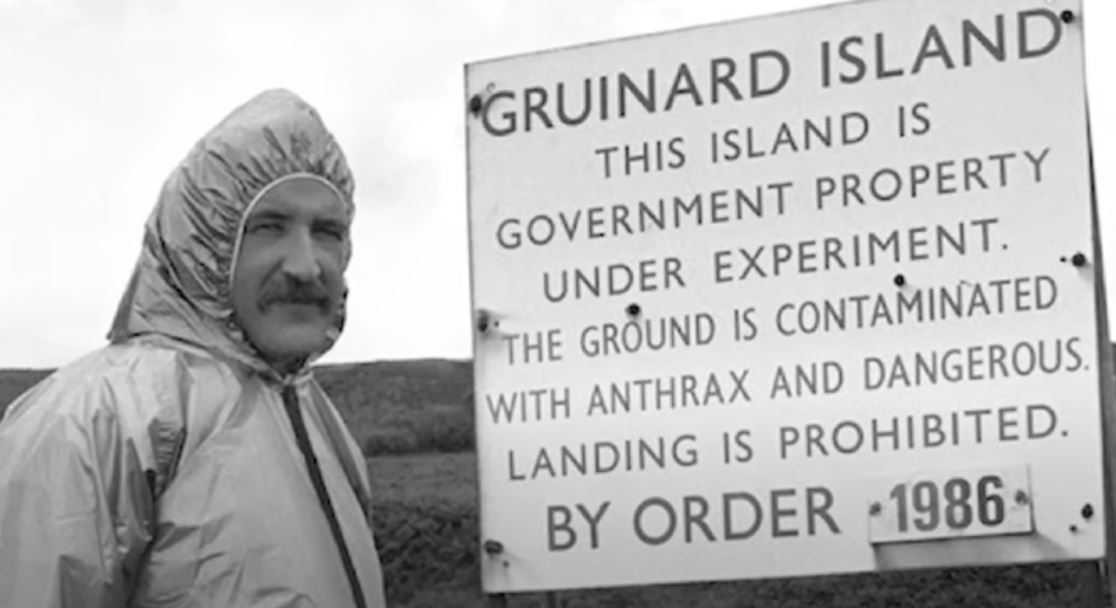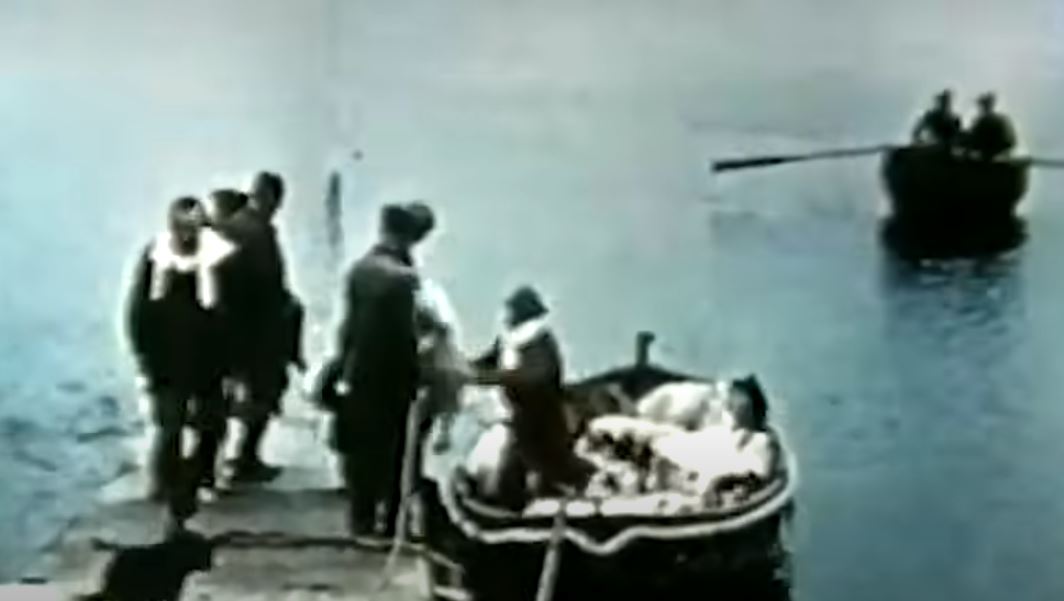**Headline: Secrets of Base X: The Disturbing Island of Biological Warfare and Its Haunting Legacy**

In a chilling revelation that feels ripped from the pages of a dystopian novel, the mysterious and isolated Gruinard Island—known to few as Base X—has resurfaced in the public consciousness, sparking fears of a dark past that refuses to stay buried. Once a top-secret British military research facility, this seemingly innocuous patch of land off the Scottish coast was the site of harrowing experiments in biological warfare during World War II, and now, decades later, its legacy continues to cast a long shadow.

The story begins in the early 1940s when Winston Churchill, desperate to counter the growing threat of Nazi Germany’s chemical weapons, turned to Dr. Paul Fields and his team at Porton Down. Their mission? To develop a biological weapon so devastating it could turn the tide of war. The result was anthrax, a lethal bacterium that could annihilate entire populations without a single shot being fired. But before it could be unleashed upon enemy forces, it needed to be tested—leading to the chilling decision to utilize Gruinard Island, a location deemed remote enough to contain the fallout.

The tests conducted on Gruinard were harrowing: live sheep were brought to the island, where they were exposed to clouds of anthrax spores. The results were devastating, with every exposed animal succumbing to the deadly agent within days. Official reports later confirmed the success of the tests, which released an estimated 300 trillion anthrax spores into the environment. But while the military celebrated their findings, the consequences of such experiments would haunt the island for decades.

Fast forward to the present, and whispers of Gruinard’s tainted soil have resurfaced. Farmers along the Scottish mainland began reporting mysterious livestock illnesses, leading to a swift and secretive government response that only fueled public suspicion. Journalists and activists alike have sought to uncover the truth behind the government’s efforts to bury the dark history of Base X, but the island’s secrets remain elusive.
In the mid-1980s, following mounting pressure from environmental activists, the British government finally returned to Gruinard for a decontamination mission. Over 280 tons of formaldehyde were poured onto the island, a desperate bid to eradicate the anthrax spores that had lingered for decades. Yet even after the cleanup, rumors persisted that the island was never truly safe, with tales of rebel groups potentially harvesting its infected soil for nefarious purposes.

As the world grapples with the implications of biological warfare, the legacy of Gruinard Island serves as a stark reminder of the lengths to which nations will go in the name of security. While the island has been declared safe and new sheep now graze its pastures, the haunting question remains: what if the past is not as far behind us as we think? With the specter of biological threats looming larger than ever, the secrets of Base X may not remain buried for long.
As we delve deeper into the shadows of history, the chilling echoes of Gruinard Island remind us that some secrets are best left undiscovered.

